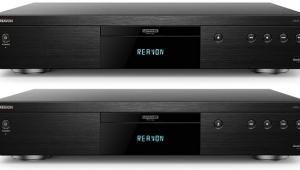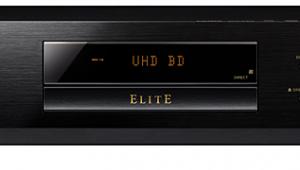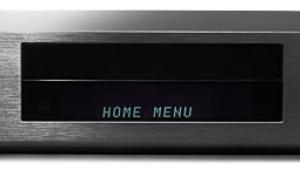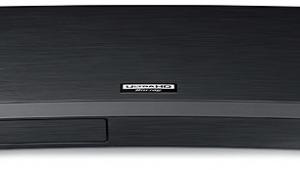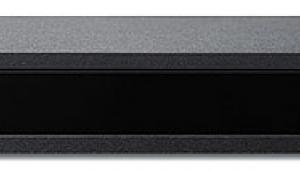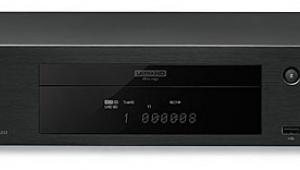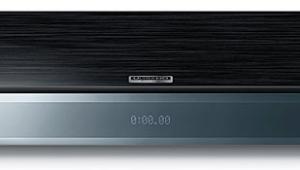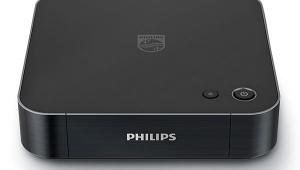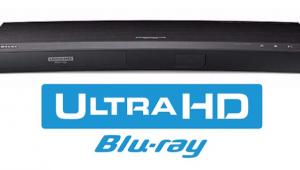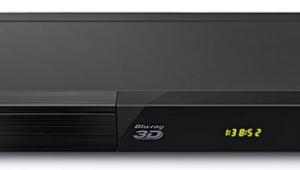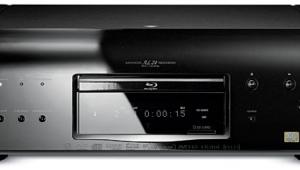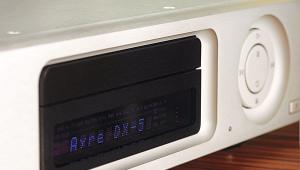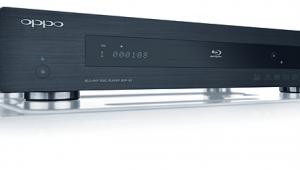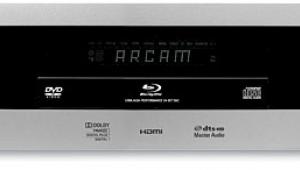Panasonic DP-UB820 Ultra HD Blu-ray Player Review
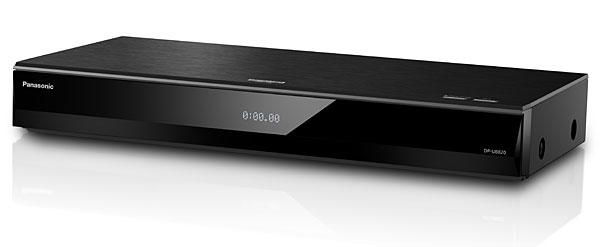
AT A GLANCE
Plus
Reference-level video performance
In-player tone mapping for HDR and conversion to SDR
Multichannel analog output
Minus
Image enhancement options can be overwhelming
Setup not always intuitive
No 4K/HDR streaming support
THE VERDICT
Panasonic’s UHD Blu-ray player offers reference-level video performance and also sets a new bar for HDR playback with both HDR flat-panel TVs and projectors.
Today’s Ultra HD Blu-ray player market is drastically smaller than the one for the spinning-disc machines of old. In my early days reviewing DVD players, I could literally enter an electronics store, walk out with over a dozen players, and that would only represent a sampling of the available models. But with the massive rise in the popularity of streaming, we’ve seen the player market continue to slim down. On the plus side, the quality of the UHD Blu-ray players we’ve seen has been uniformly good. Granted the quality of the disc media is fantastic, so in the end the player just needs to pass that data along to the display with as little manipulation as possible.
For this review we’re going to look at a new UHD Blu-ray player from Panasonic that actually does quite a bit of manipulation, but for good reason. Panasonic’s DMP-UB820 is the first player to offer advanced onboard tone mapping for High Dynamic Range (HDR) and Standard Dynamic Range (SDR) playback. The HDR Optimizer feature found in the DMP-UB820 was designed to correct the HDR troubles of displays that either don’t support HDR or don’t do a great job with it. The UB820 is also the first player I’m aware of that supports the new HDR10+ format. While no discs exist yet in this format, having that support helps future-proof the player. Hybrid Log Gamma (HLG) HDR is also included and Dolby Vision support will be added in a firmware update slated for Fall 2018. At $499, the UB820 is a mid-to-upper-price offering, but read on to see why it’s the best player yet for corralling the wild, wild west of HDR.
Features
The UB820 closely resembles the Panasonic DMP-UB900 reviewed in the February/March 2017 Sound & Vision, a player that earned top marks for its performance and remains one of our top picks. I’ve owned the UB900 myself and found its video playback capabilities second to none, though its ergonomics didn’t fit with me as well as my reference Oppo Digital UDP-205 player. The UB820 is nearly identical to the UB900 from an everyday operation standpoint: its menu structure and home screen are the same, and both players have the same sleek look, though the UB820 lacks touch- sensitive controls, THX certification and other minor details that make it feel slightly less high-end. I do prefer the UB900’s remote control to the UB820’s, which is smaller and lacks the backlit keys and spacious layout of the remote that comes with the older Panasonic player.

The back panel of both players are nearly identical with dual HDMI outputs (one audio-only), a 7.1-channel analog audio output, USB support and a LAN connection. All standard fare for this market, but I was bummed to note the lack of an HDMI input. That’s a feature that the now discontinued Oppo Digital players offered, and would have been a welcome addition to this player so that other sources could take advantage of its unique HDR processing. (After I dive in deeper on that topic, you’ll understand why.)
HDR, SDR, Gamma, And Tone Mapping
I’m not going to talk much more about the UB820 itself since I found its performance to be nearly identical in every way to the previously reviewed UB900. What I do want to focus on is what sets this player apart: HDR performance and processing. The arrival of HDR has been both a blessing and curse. It delivers the best video I’ve ever seen at home, but I’ve found its implementation to be abysmal at best, with standards lacking for pre-recorded media, playback, and display. HDR has also generated yet another format war to confuse consumers. Fortunately, the UB820’s onboard processing does a formidable job of beating back many of the HDR demons.
To understand the UB820’s unique advantages, we’ll first need to discuss the specifics of HDR. This relatively new format was designed to leverage the higher light output capability of today’s displays—a capability that was wasted on most of the programs we’ve been watching for years. Before HDR, consumer media was mastered for display at 30 foot-lamberts (approximately 100 nits) brightness, which is on the dim side for most flat-panel TVs. HDR10, the most basic HDR format and one that’s mandated for inclusion on all UHD Blu-ray discs, supports brightness levels up to 10,000 nits! Granted, we have not yet seen programs graded at that brightness level, but we have seen some that were graded on mastering displays capable of up to 4,000 nits, which is far beyond the capability of any consumer TV on the market.
So how do you display content mastered at 4,000 nits on a display capable of only 25 percent of that brightness or less? Tone mapping. SDR content is mastered using what we commonly call gamma. This system measures the peak white output of your display and then balances the grayscale intensity to that level. HDR, in contrast, uses absolute values that are meant to map directly to the display with no wiggle room for its overall light output. To properly show content with a higher brightness level than the display is capable of hitting, tone mapping is used.
The most basic way to describe this process is that the display shows the content as intended for as much as its brightness capability will allow. After that point, any remaining detail that exists in the program gets “rolled off.” This compresses information at the upper end of the brightness range so that you are not just clipping the signal. If you were to graph the response, it would almost look like a crossover filter in an audio system. The problem, however, is that there is no standard of any kind for tone mapping, so every TV and projector manufacturer handles it differently.

